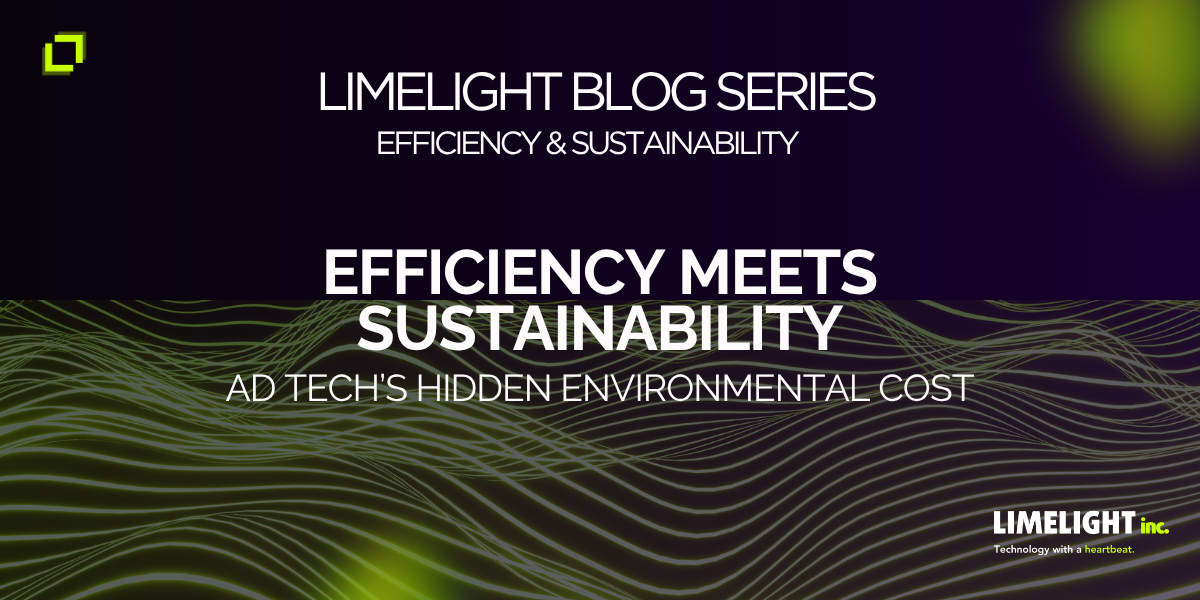Efficiency Meets Sustainability: Ad Tech’s Hidden Environmental Cost

Digital ads may be weightless, but their infrastructure is not. Every programmatic auction, bid request, and pixel fire is powered by electricity. At scale, the carbon impact of digital advertising becomes significant. That’s why sustainability is fast becoming a boardroom concern—and a new frontier in efficiency.
The Carbon Footprint of Complexity
The more intermediaries in a transaction, the more servers are pinged, and the more data is transferred. Each of these activities consumes energy. According to Scope3, programmatic advertising contributes millions of tons of CO2 emissions each year, much of it avoidable.
Redundant bid requests, excessive QPS (queries per second), and poor match rates result in emissions with no upside. Worse, these emissions are invisible to most platforms and advertisers.
Streamlining the Supply Path = Lower Emissions
Just as simplifying supply chains improves economic efficiency, it also reduces energy consumption. When platforms like Limelight give partners the ability to remove unnecessary hops in the supply path, they’re also reducing the carbon footprint of each impression served.
Transparent trading isn’t just good for ROI—it’s good for the planet. Offering tools to optimise against both performance and sustainability KPIs is quickly becoming table stakes.
Efficiency with Purpose
Imagine a platform that lets you choose not just the best-performing bundle, but the one with the lowest emissions. Or an AI engine that suppresses bids on inventory with a high carbon score unless they meet a specific performance threshold. These ideas are not hypothetical. As sustainability becomes a core buying criterion, efficiency will be measured not just in dollars but in emissions saved.
Limelight’s optimisation tools already allow partners to automate trading rules and reduce waste. The next step is marrying this precision with environmental impact data to enable more ethical, efficient decision-making.
Series Summary
Over the course of this series, we’ve explored how efficiency in ad tech goes beyond simple cost-cutting. From eliminating redundant trading and aligning with buyer demand, to creating smarter, more transparent trading ecosystems and reducing our environmental footprint, the message is clear: the future of ad tech belongs to those who optimise with both intelligence and intention.



